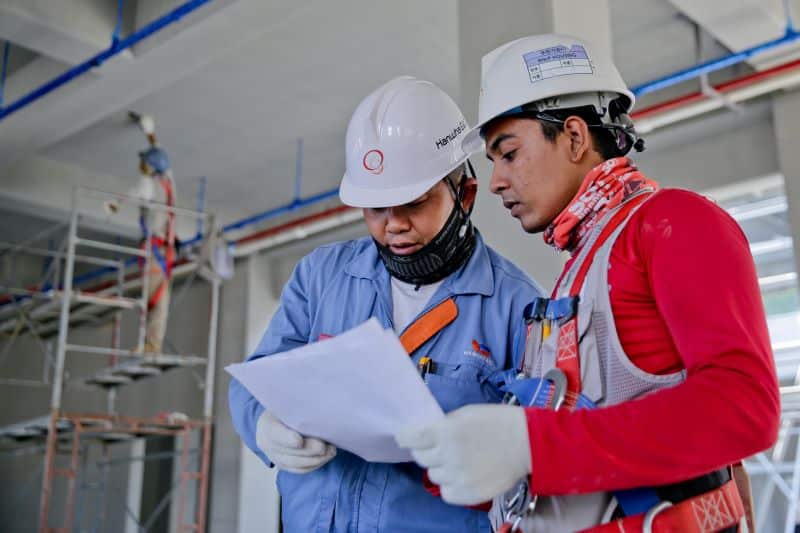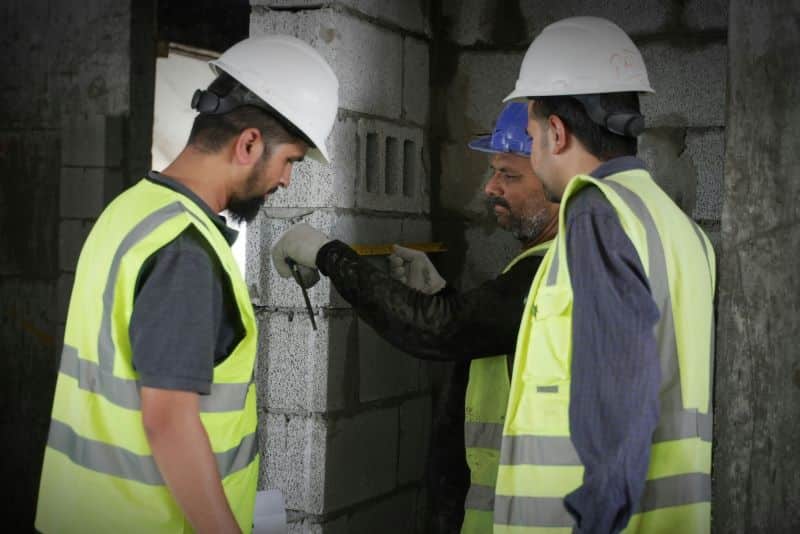The success of a construction project depends on more than materials and plans. It depends on people. The right team, working in sync, can be the difference between delays and delivery. Effective collaboration across disciplines keeps projects moving, stays within budget, and ensures every stage meets regulatory standards.
Effective coordination among all stakeholders is essential. An integrated approach helps align stakeholders from concept to completion. Below is an outline of how effective collaboration works in practice and why it makes a difference.
1. Early-Stage Alignment: Building the Right Foundations
Every project starts with a clear understanding of site conditions, objectives, and constraints. Initial consultations and comprehensive site surveys help uncover practical challenges and identify clear project objectives.
Our experienced team brings industry knowledge into the early planning stage. By offering insight into planning and cost expectations from the outset, we help shape realistic programmes that are easier to deliver. This helps reduce planning delays and builds stronger confidence among investors and stakeholders.
Our approach supports the latest guidance from the Royal Institute of British Architects, which highlights the importance of early stakeholder engagement to increase buy-in and improve outcomes across all types of developments.
2. Design Through Dialogue: Concept to Compliance
In-house architects often work in close partnership with engineers, sustainability advisors, and local authorities. Such collaboration helps translate initial concepts into viable, compliant designs.
By aligning all technical and regulatory input during the concept stage, we reduce the need for later revisions and avoid planning conflicts. This supports a faster and more predictable route to approval.
This collaborative approach reflects national best practices across Design and Build delivery routes and aligns with BIM principles formalized under BS EN ISO 19650-1, which standardize digital collaboration and information management in UK construction.
3. Engineering and Buildability: Getting the Details Right
Once designs are approved, they must be translated into buildable, compliant structures. Carnegie Group provides structural engineering support to ensure concepts are technically viable and fully aligned with Building Control requirements.
As Principal Contractor, we manage collaboration between engineers, designers, compliance officers, and other key parties before construction begins. This stage includes technical detailing, material specifications, and structural calculations to confirm that everything meets planning, safety, and environmental standards.
Our process is grounded in CDM 2015 regulations and ensures every duty holder understands their role before work starts.
4. On-Site Collaboration: Precision in Execution
The construction phase demands coordination between many trades and contractors, all working to a shared schedule. This includes demolition, groundwork, structural works, and fit-out tasks that must happen in sequence.
Ensuring all parties work from a unified project brief with defined responsibilities and a live schedule helps maintain smooth operations. Effective site management and communication resolve issues promptly, minimizing downtime.
The result is a safer site, fewer delays, and greater consistency from start to finish.
5. Beyond Handover: Long-Term Value Through Team Continuity
The final phases of a project are as important as the start. Fit-out, infrastructure commissioning, and handover require the same level of care and coordination. Carnegie Group provides dedicated support through the close-out phase, helping to manage snag lists, handle last-minute queries, and ensure a smooth operational start.
Because our teams stay involved throughout the project lifecycle, clients benefit from continuity, accountability, and efficiency. The same professionals who helped develop the original vision remain on hand to ensure the final result delivers as promised.
Conclusion
Getting the right team in place is more than hiring good contractors. It is about building a collaborative structure from day one. As Principal Contractor, Carnegie Group leads every phase with clarity and accountability. Our integrated process brings every key player together, from initial concept to final sign-off, to keep your build on track and performing long after it’s finished.


